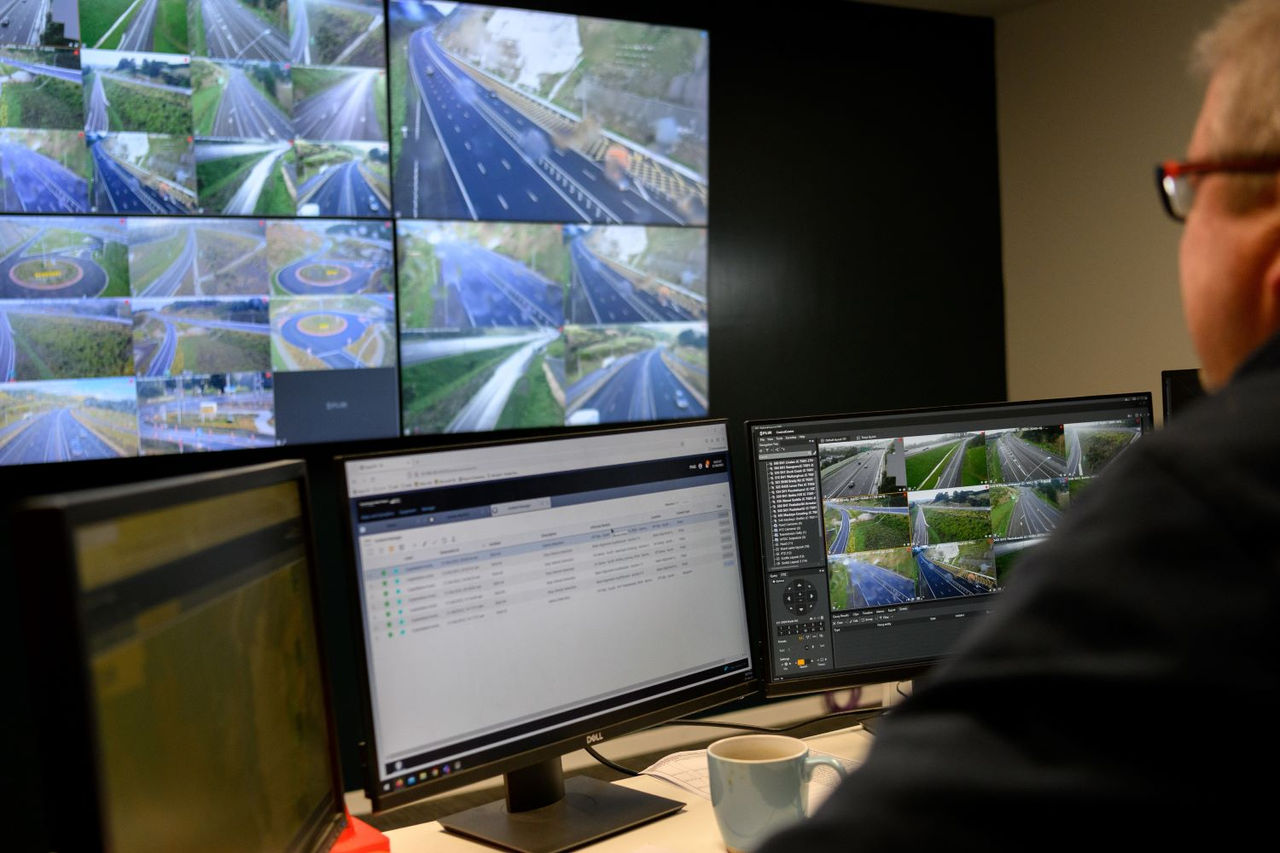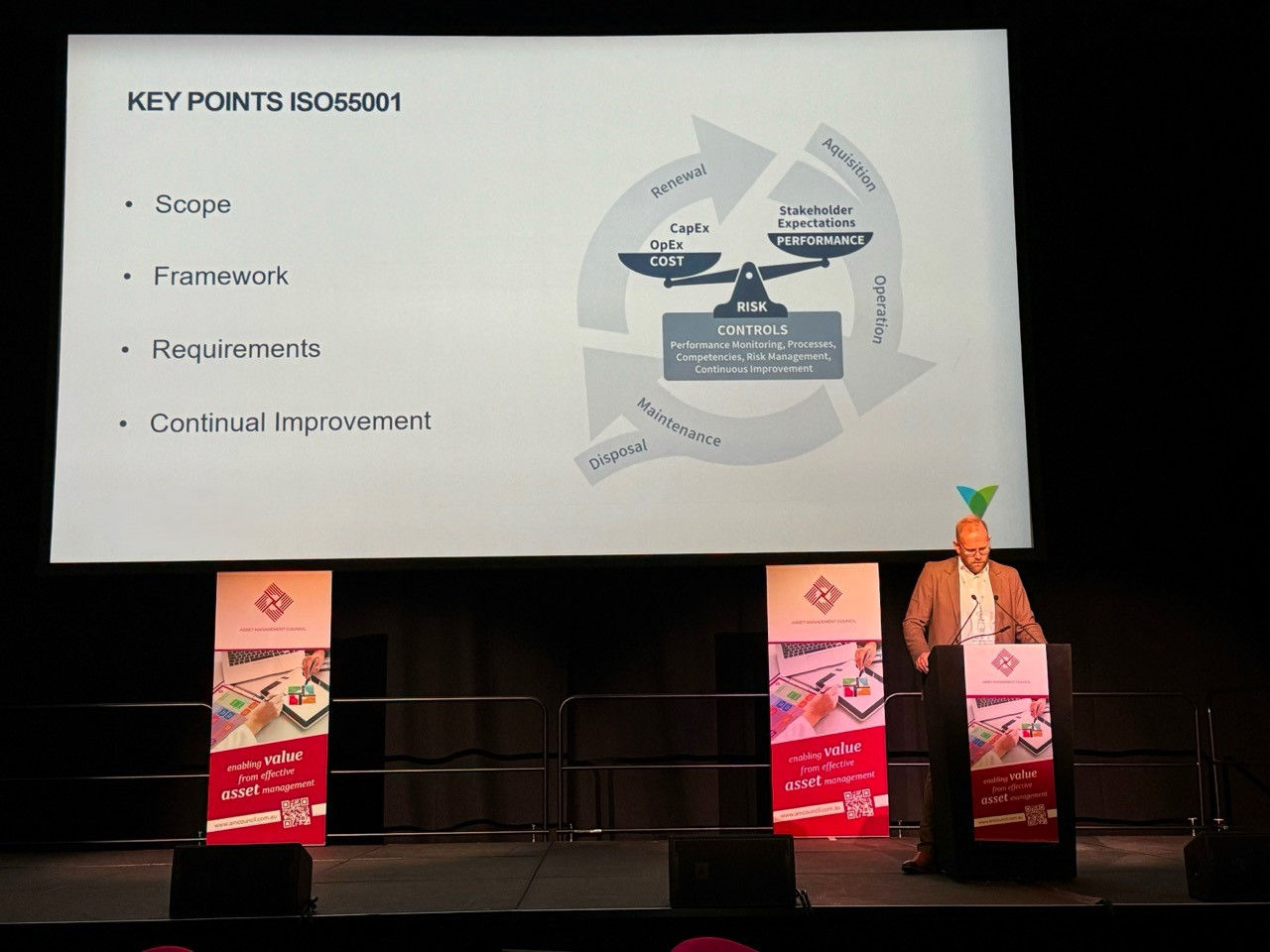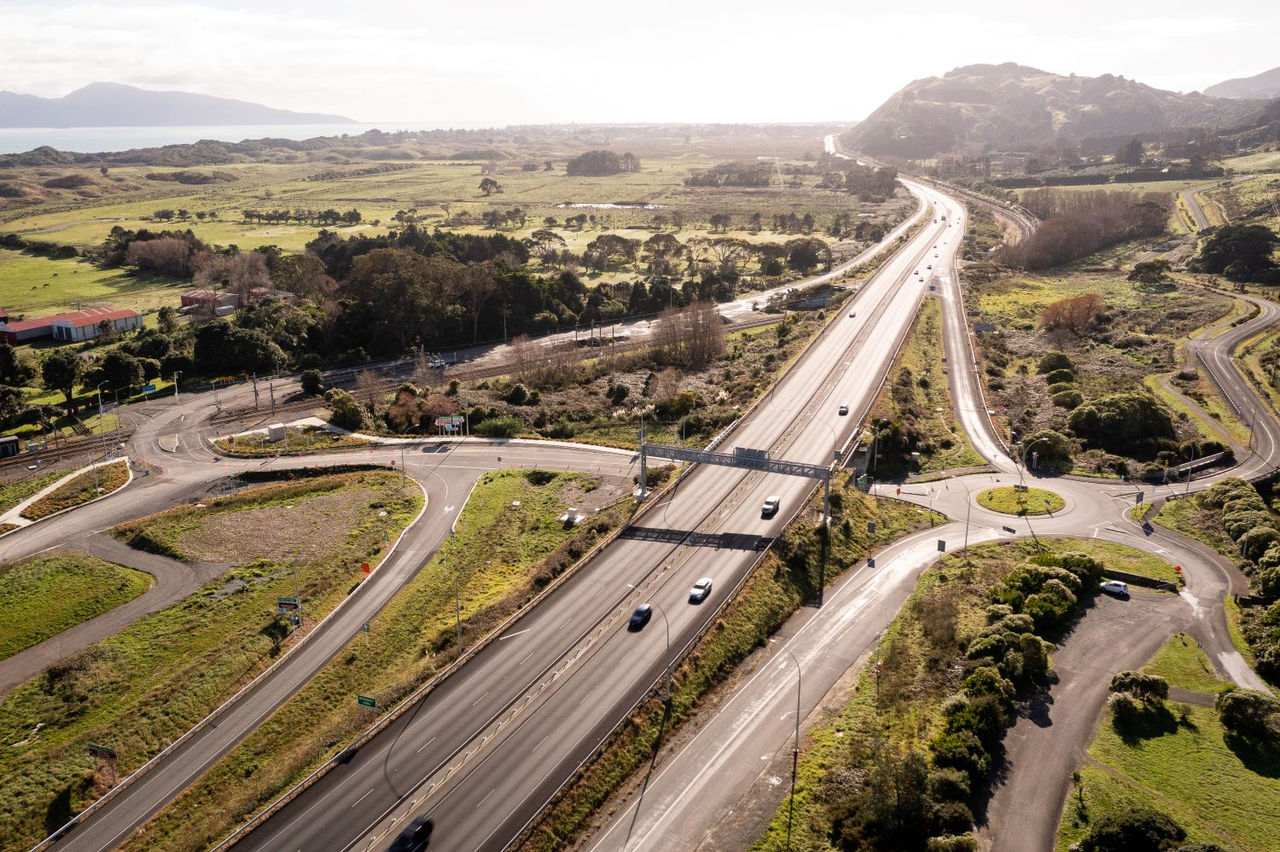When you walk the line between the rigour of continuous improvement and the complexity of asset management contracts, it is critical to have a framework that helps drive collaboration and engagement in a controlled and measurable way.
Ventia manages Australia and New Zealand's major infrastructure assets, including government owned road networks, privately owned motorways and tunnels, airports, ports, and rail services.
One of the reasons Ventia is so successful as a service provider is the commitment to ‘redefining service excellence’ – not just a corporate tagline, it is a mindset that permeates everything we do. Ventia’s achievement of ISO 55001 certification for our Transport sector marks a significant advancement in our asset management journey. In this article Paul O’Docherty, Ventia's Senior Asset Manager, takes a quick look at our learnings from our ISO55001.


